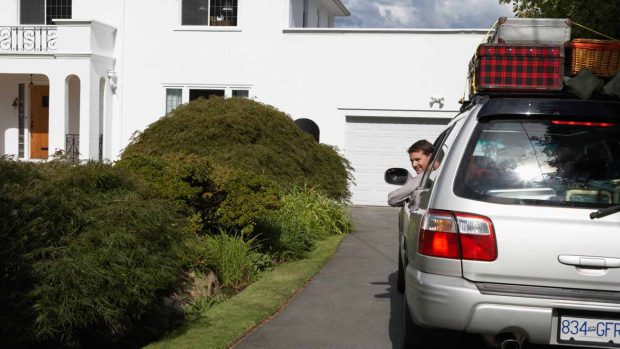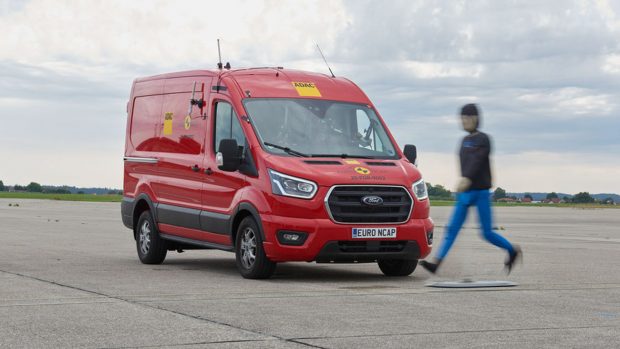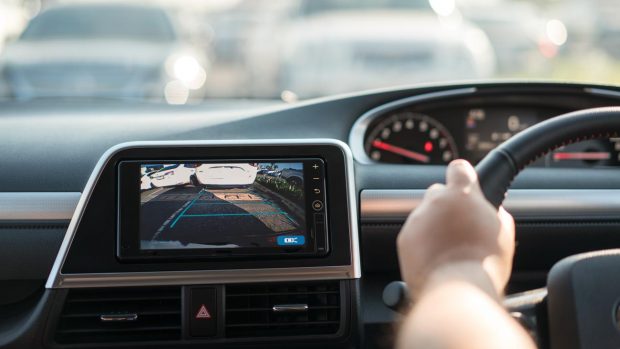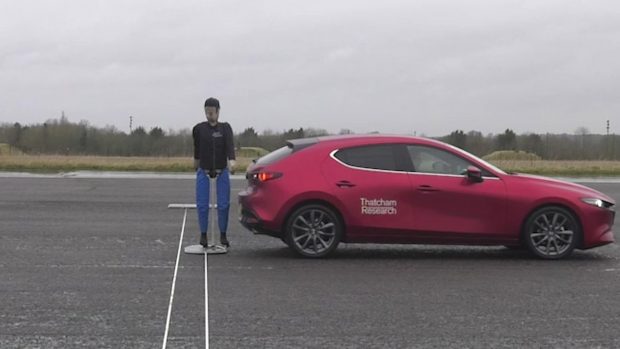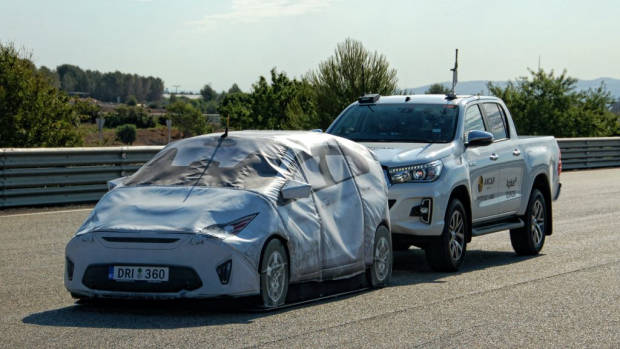-
Car Reviews
- All reviews
- Midsize SUVs
- Small cars
- Utes
- Small SUVs
- Large SUVs
- Large cars
- Sports SUVs
- Sports cars
- Vans
Latest reviews
- Car News
-
Car Comparisons
Latest comparisons
- Chasing Deals
A new study has shown cars fitted with reversing AEB have 10 per cent less crashes with other cars than those who don’t.
The United States Highway Loss Data Institute (HLDI) has found reversing Autonomous Emergency Braking (AEB) is the most important collision avoidance feature you can have on your new car.
In its annual report detailing the importance of crash avoidance technology, the HLDI compared a wide range of cars where safety equipment was either included or skipped over.
When looking specifically at reversing AEB, the institute compared Subaru cars from 2015-2018 and found those fitted with the crash avoidance feature were 28 per cent less likely to damage their car in an accident.
More importantly, it also found car owners with reversing AEB fitted were 10 per cent less likely to get into a collision with another vehicle where they were at fault
HLDI senior vice president Matt Moore said the findings showed a shocking difference for those who had equipped the safety feature.
“We haven’t seen that kind of reduction in claims for vehicle and other property damage from any other advanced driver assistance system,” Mr Moore said.
Mr Moore noted that crashes caused by a driver reversing were typically at slower speeds which lead to generally less dangerous accidents, but the costs could still add up.
However, reversing collisions can be considerably more dangerous when children are involved. In fact, 66 children between the age of 0 and 14 were killed by a vehicle around Australian homes between 2001 and 2010, with potentially thousands more injured.
And while safety systems have advanced considerably, multiple children are still killed every year in Australia with the fatality numbers said to be around the same as backyard pool drownings.
The collisions have even led to a national awareness campaign run by the Georgina Josephine Foundation, which was set up by Peter and Emma Cockburn after their daughter Georgina was struck and killed by a reversing vehicle in a driveway in 2011.
In their findings, the HLDI also found that while front AEB was responsible for reducing crashes, but was comparatively less effective than reversing AEB. Front AEB reduced the likelihood of an at-fault collision by three per cent, while reducing the likelihood of a single vehicle crash by 14 per cent.
However, given the nature of low and high speed frontal collisions, the inclusion of front AEB cut the rate of injury caused to another driver by a whopping 25 per cent.
The numbers are similar to findings out of Monash University in Melbourne who also found that AEB reduced the rate of fatalities by 9.69 per cent and reduced minor injuries by 8.80 per cent.
In a somewhat more surprising finding, the HLDI also found reversing cameras and rear sensors prevented less collisions than you might think.
Cars with rear parking sensors were five per cent less likely to have a single vehicle collision, but were only one per cent less likely to have an at-fault crash with another car.
Reserving cameras were shown to reduce the likelihood of a single-vehicle collision by five per cent, but actually increased the chances of a crash with another car – however the organisation noted this amount of not enough to be considered statistically significant.
Regardless of each technology’s individual effectiveness, the numbers show that modern cars can not only protect occupants better in a crash but are also far more likely to never have the crash in the first place.
Latest news
About Chasing cars
Chasing Cars reviews are 100% independent.
Because we are powered by Budget Direct Insurance, we don’t receive advertising or sales revenue from car manufacturers.
We’re truly independent – giving you Australia’s best car reviews.
